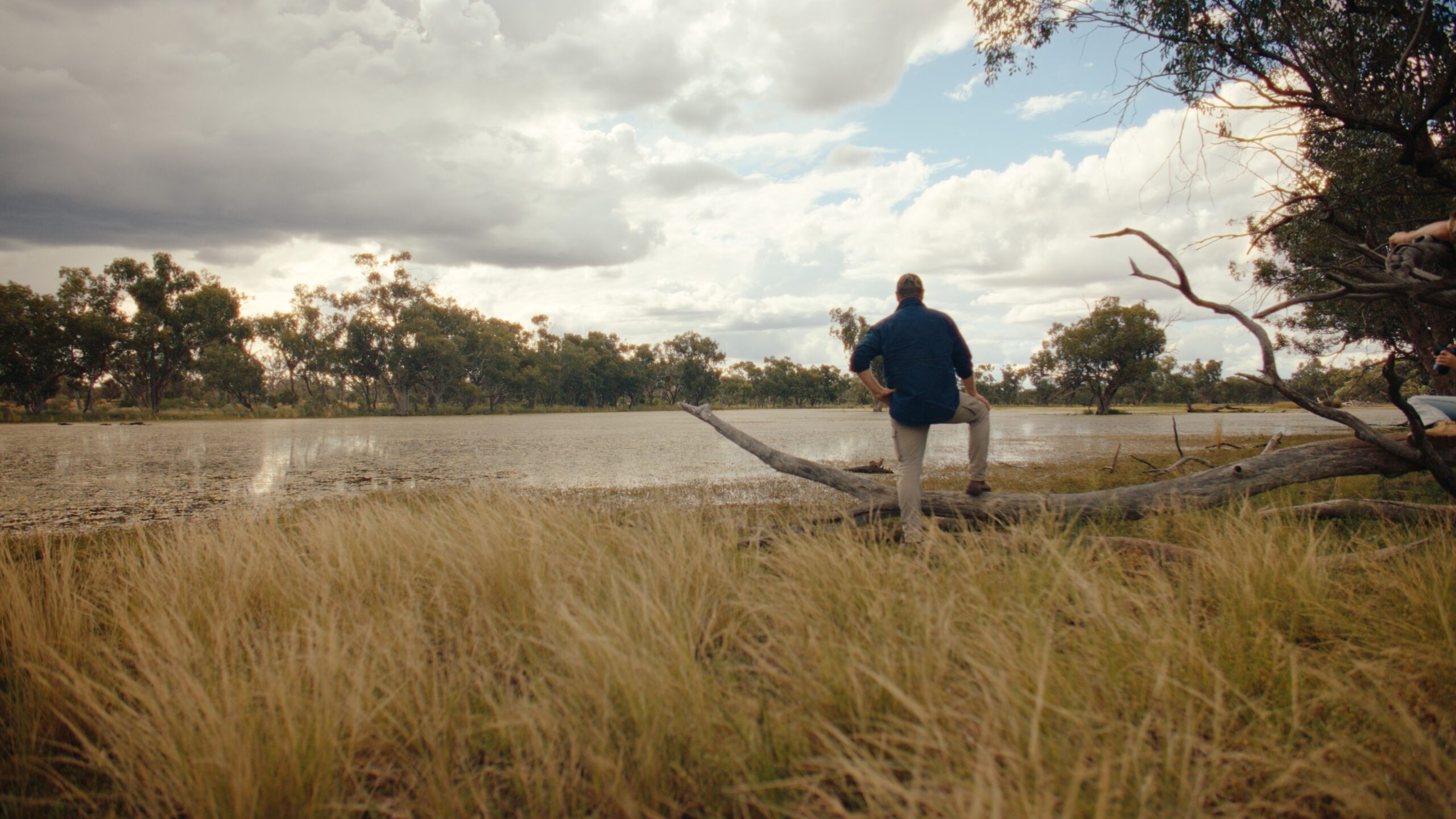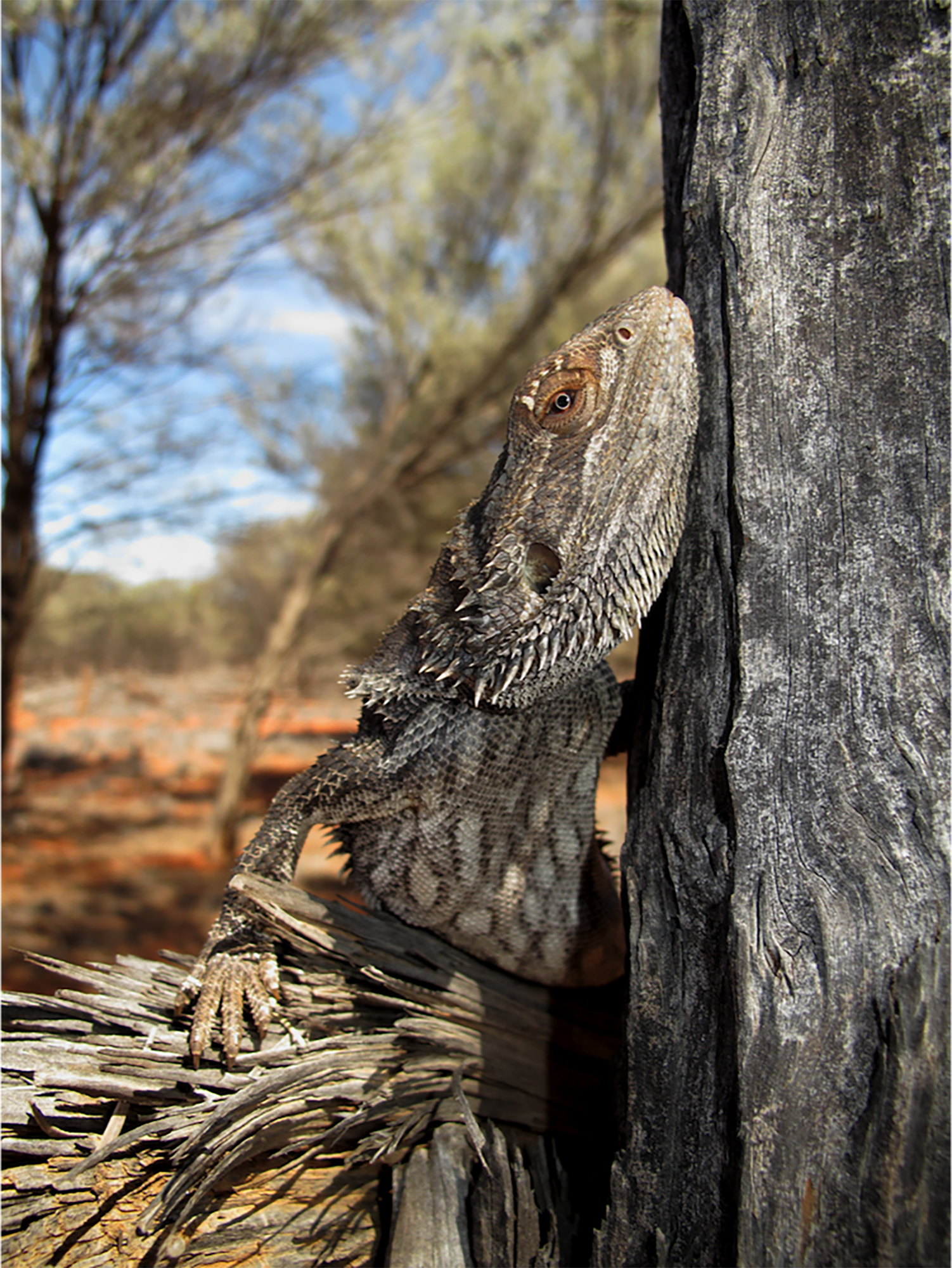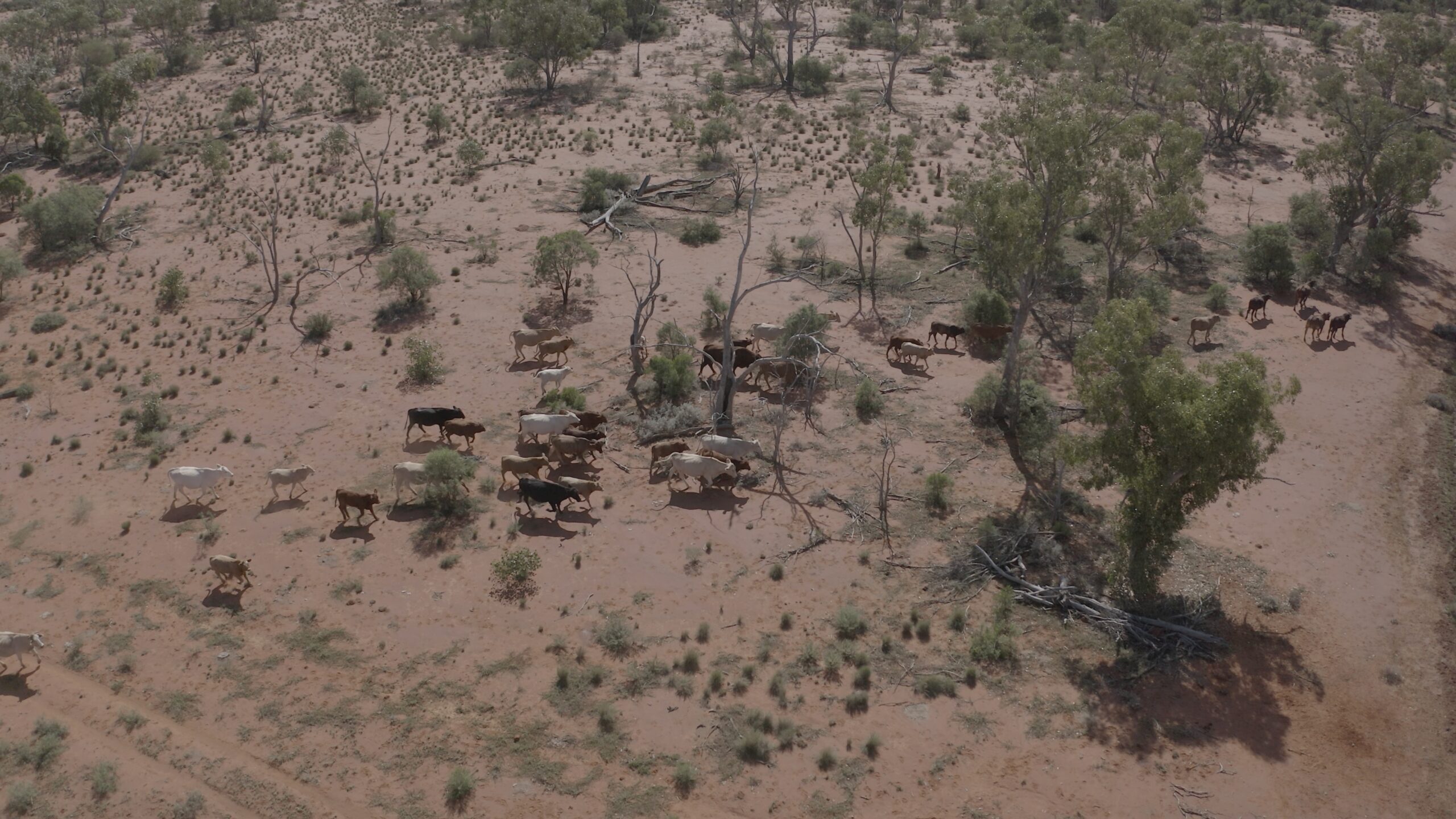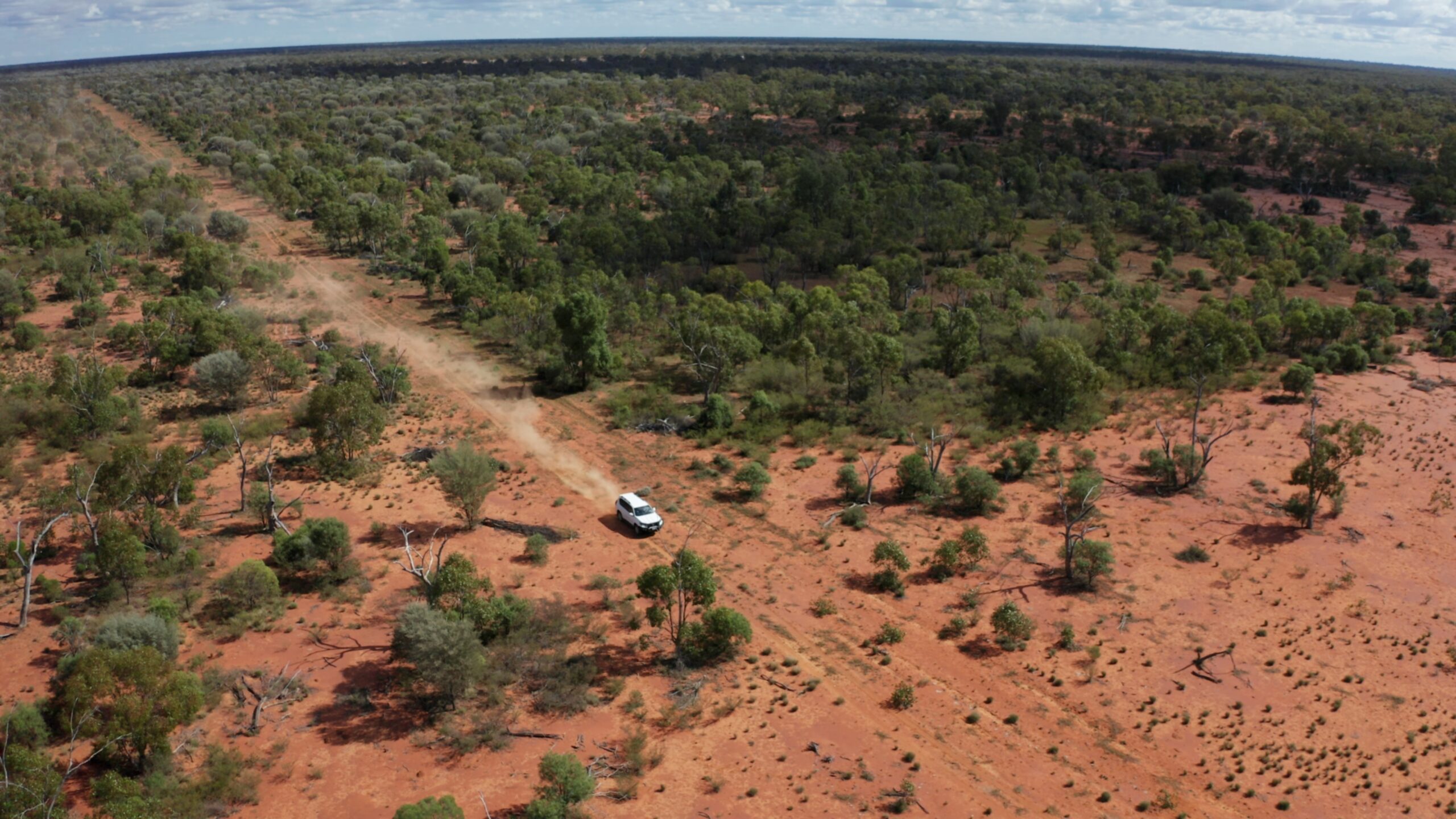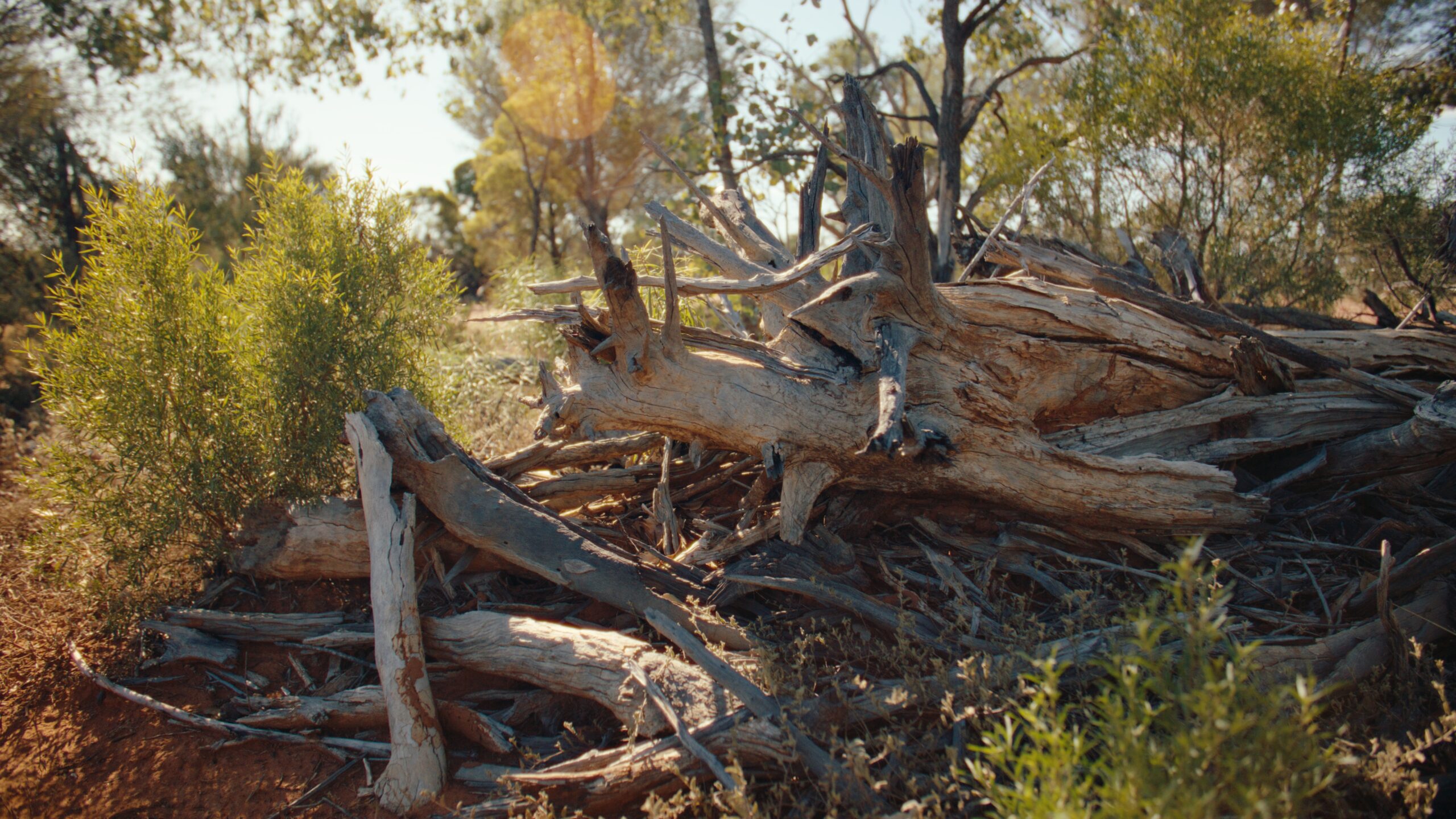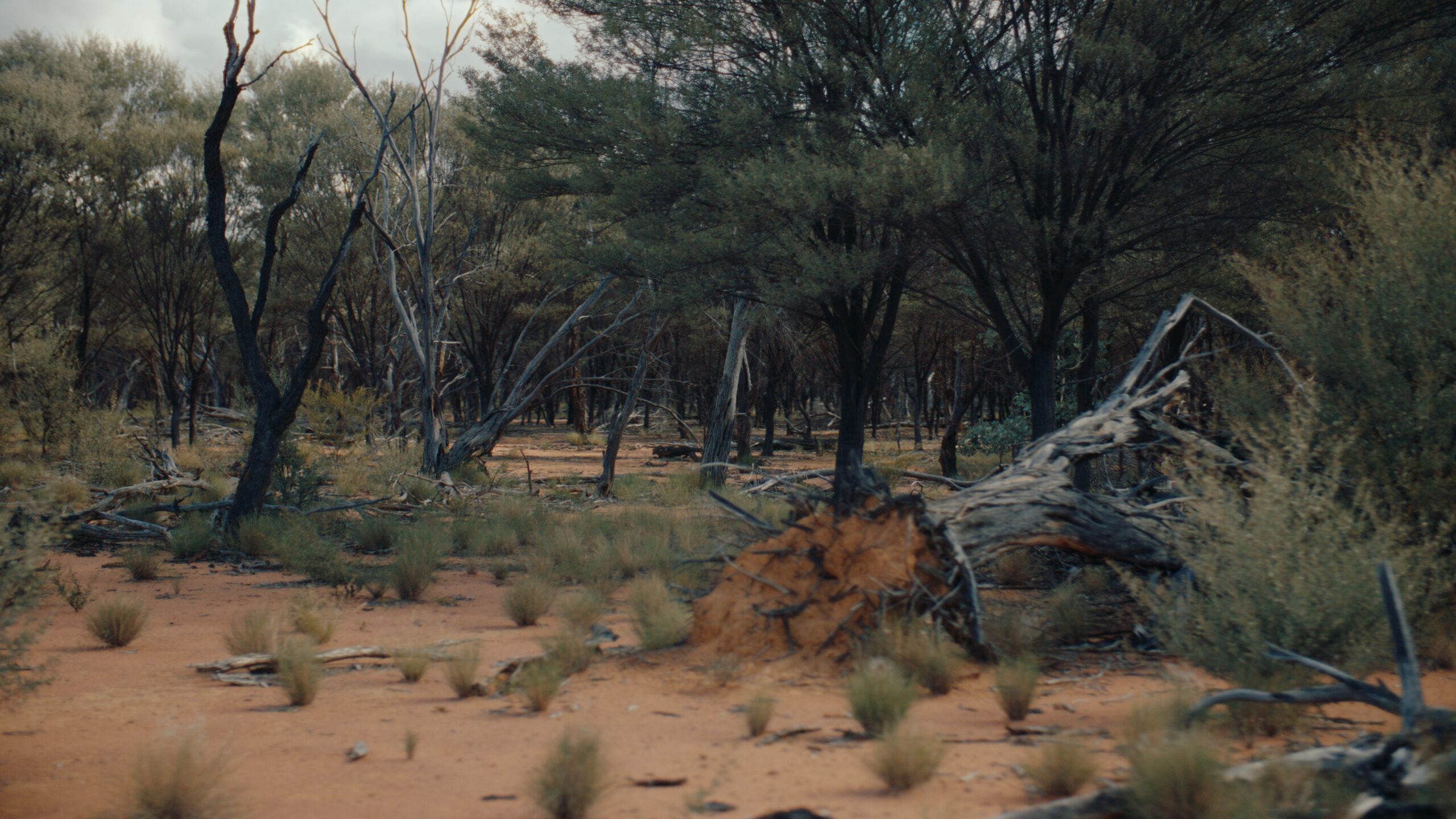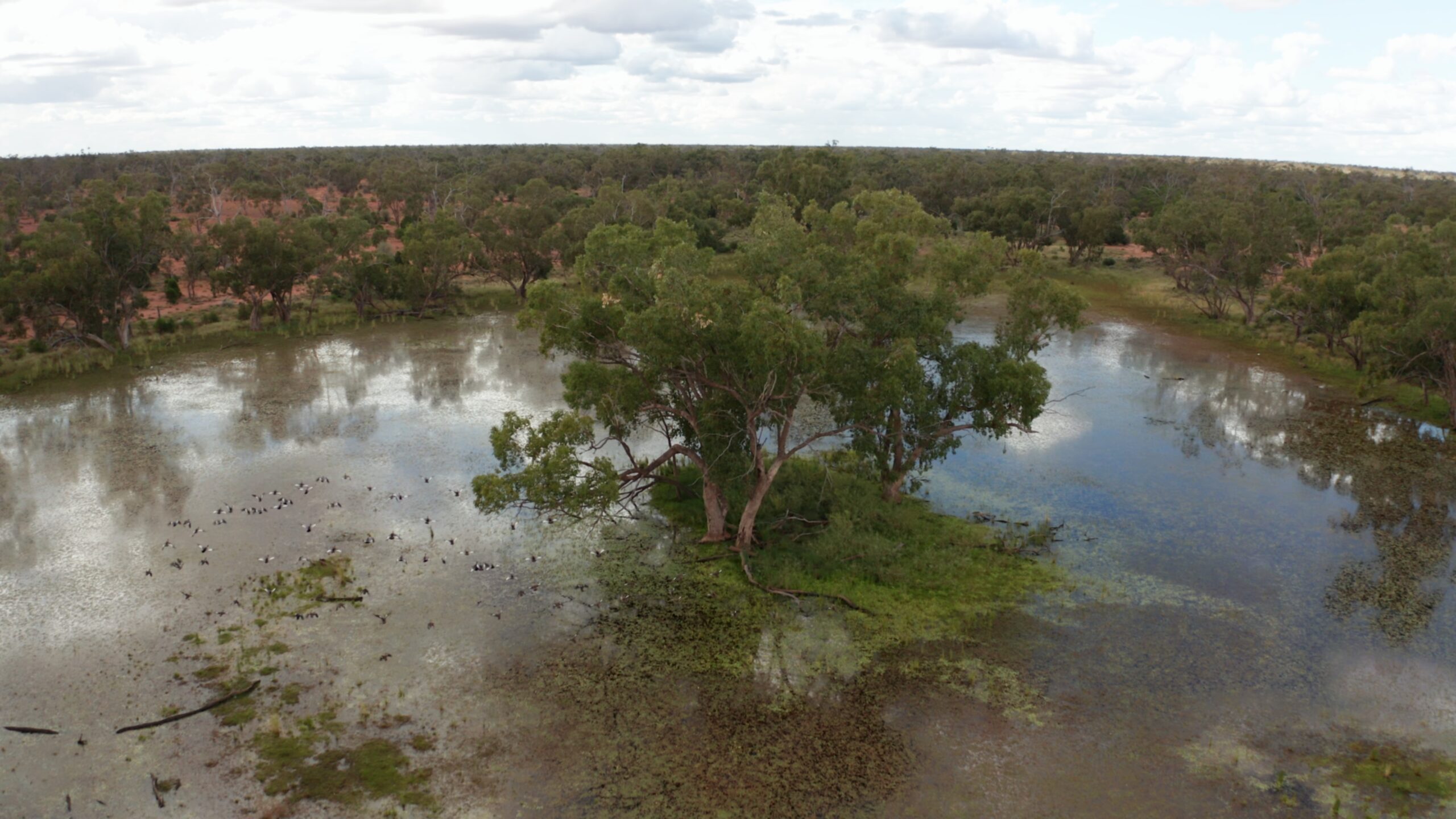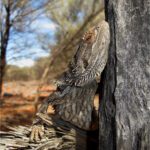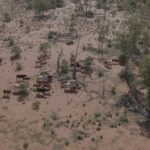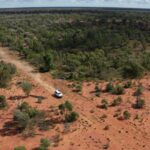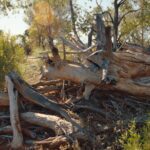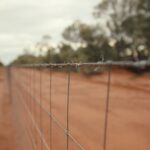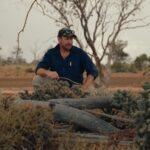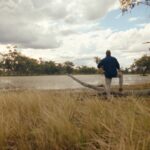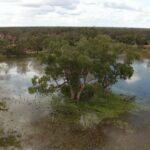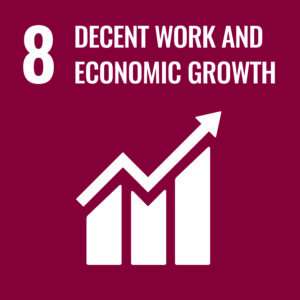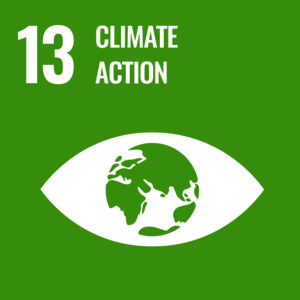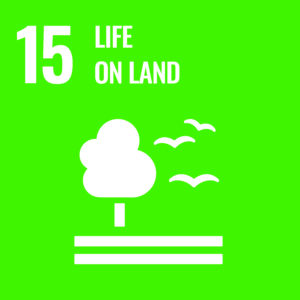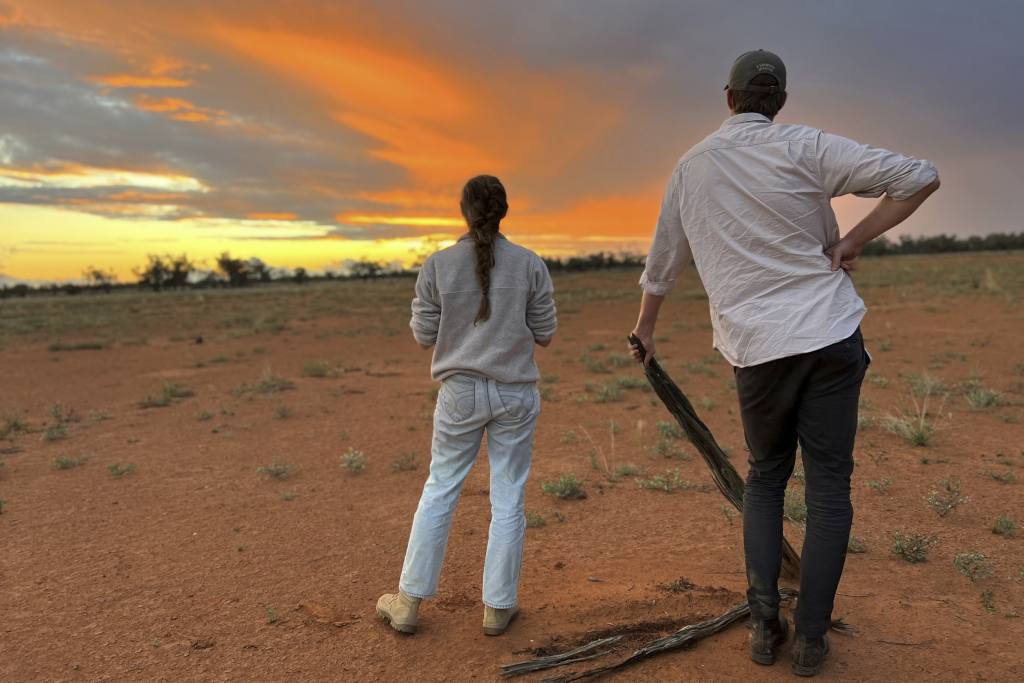Why support this project?
Located in the Mulga lands bioregion of southwest Queensland, TEM’s human-induced regeneration (HIR) projects are located on properties comprising state, local or regional biodiversity significance. These projects involve the regeneration of native vegetation through changes in land management practices. This includes ending vegetation clearing, sustainably managing grazing and controlling pest animals such as feral goats and pigs. Land clearing and grazing by livestock impacts vegetation by stunting growth, causing direct tree death, preventing the recruitment of trees and shrubs, as well as removing ground cover such as native grasses. These impacts significantly reduce the capacity of vegetation to store carbon.
By removing these pressures and changing land management practices, carbon sequestration across the project area is maximised. In addition, these actions can also improve the condition of environmental values, such as threatened ecosystems, wetlands, and habitat for native wildlife. For TEM’s carbon farming projects, vegetation is also protected under a permanence period of 100 years. Developing projects with a 100-year permanence period ensures the carbon sequestered is permanent, and that the ecosystems restored and habitat established are conserved over the long term.
Who we work with
This is a TEM-managed project. We work directly with land holders to manage, measure and deliver carbon credits from five properties.
What sets TEM’s Native Forest Regeneration Projects apart?
TEM-managed HIR projects involve the implementation of multiple eligible activities, rather than a single activity. Activities are selected on the basis that they are necessary to stop the suppression of native regrowth. TEM’s projects typically include a combination of the following activities:
- permanently ceasing mechanical or chemical destruction, or suppression, of regrowth;
- management of the timing and the extent of grazing; and
- humanely managing pest animals (such as goats or pigs).
TEM’s HIR projects are developed in areas subject to historical vegetation clearing and suppression of regrowth. Carbon Estimation Areas (CEAs) do not include pre-existing mature woody vegetation.
Further, all TEM HIR projects are subject to a 100-year permanence period, rather than 25 years. This means the carbon stored in a project must be maintained for 100 years, and sequestration is regarded as permanent.
Real and Lasting Impact:
Permanence: HIR project activities must generate permanent removals of GHG emissions. This requires that the carbon sequestered and stored in regenerated biomass will not be released due to unmitigated risk factors including wildfire, extreme weather events, over-grazing and feral animal proliferation. TEM’s HIR projects take extensive action to mitigate risks to the permanence of GHG emissions removals and are subject to a permanence period of 100 years.
Additionality: A project is additional if the GHG emissions removals would not occur without the implementation of the project activities. HIR projects take place on land where native forest growth has been suppressed for at least 10 years prior to the commencement of project activities (the baseline period). HIR projects should demonstrate that land management changes, including the immediate cessation of native forest clearing, would not have occurred without the intervention of the HIR project. Furthermore, HIR projects should demonstrate to the regulator that land management changes are not required by Local, State or Federal Law.
Leakage: In the context of HIR projects, leakage refers to the risk that the commencement of HIR project activities in a Carbon Estimation Area (CEA) leads to a measurable decline in forest cover and emissions increases outside the CEA. TEM manages the entire property (CEAs and non-CEAs) with the intention to conserve and protect environmental values. Grazing across the entire property is being managed through sustainable grazing practices, significantly reducing the risk of leakage at the property level.
SDGs: The project meets the following United Nations Sustainable Development Goals:




